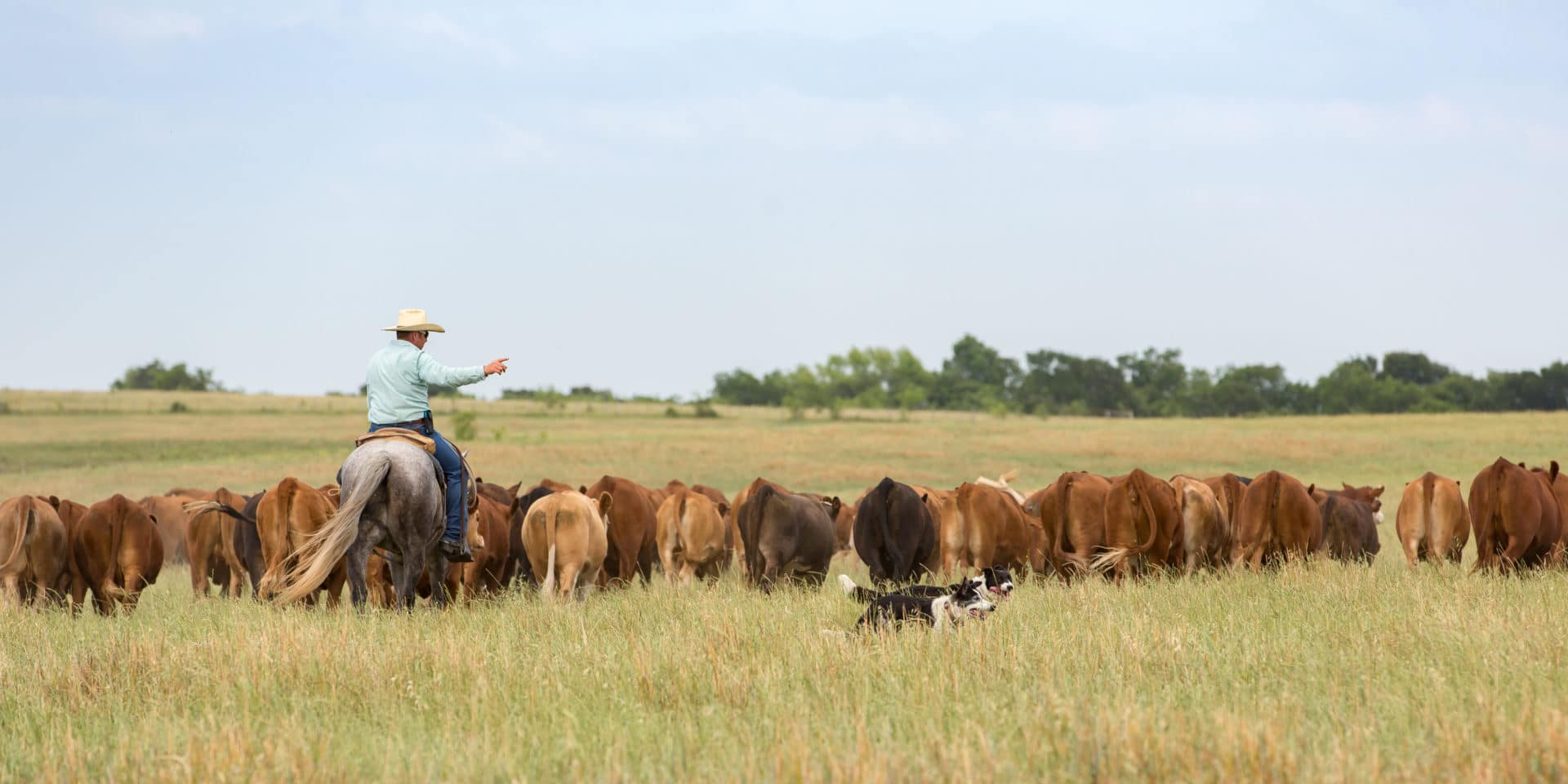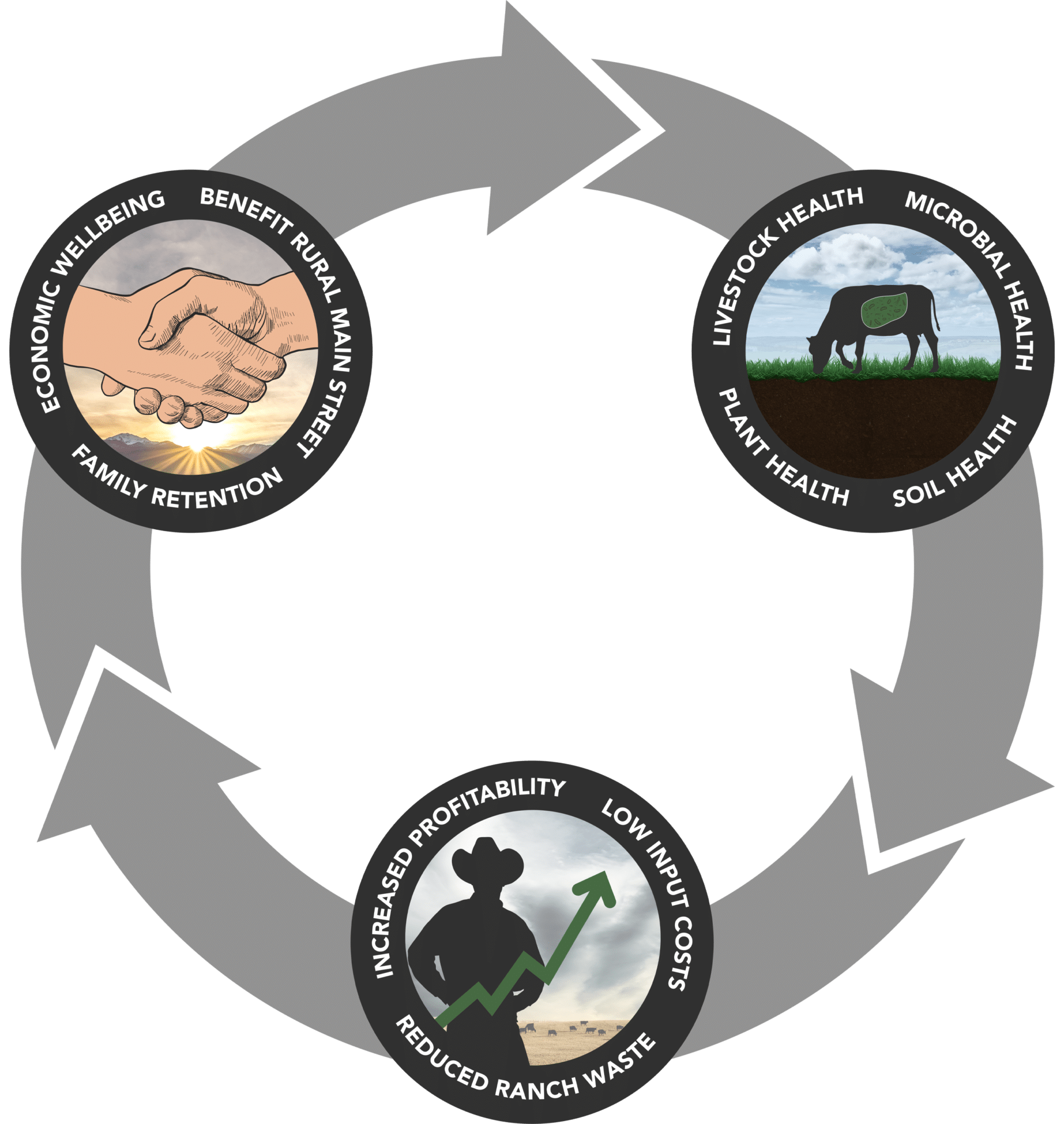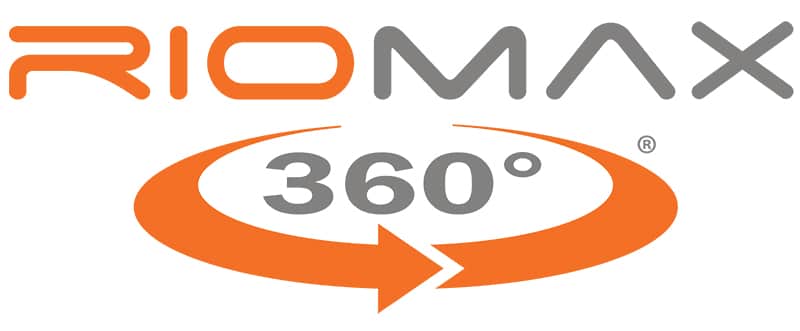Last updated on October 2nd, 2023 at 11:26 am
“My advice: don’t get hung up on the word.”
So says Ben Weinheimer, CEO of the Texas Cattle Feeders Association and past president of the U.S. Roundtable for Sustainable Beef. “Instead, embrace it as an opportunity to brag about efforts being implemented on your ranch, whether that be through improved grazing practices, genetics, animal health and nutrition, and why, like any other business enterprise, making a profit is critical to sustaining the ranch.”
Much ado has been made about sustainability in recent years, which has caused many in agriculture to shake their heads in wonderment. After all, any ranch or farm is a great example of sustainability, especially if multiple generations are involved.
If ranches are inherently sustainable, why should beef producers embrace it beyond what they’re already doing? Because the word and the concept are important to consumers.
Keeping Ranches Ranching
“It’s important to share with the general public and our beef consumers just exactly why it is essential we keep ranches in ranching,” Weinheimer says. In addition to his work as an association executive, he’s also involved with his family’s farm and cattle operation in the Texas Panhandle.
“Cattle producers are a humble bunch with a tremendous amount of internal pride in how the land, cattle, and our families are cared for every day—sustaining the land that sustains us,” he says.
That’s a concept lost on the general public and consumers, but it isn’t because they aren’t interested. Indeed, as the “know your farmer, know your food” idea gains traction, consumers are showing increased interest in how their food is produced.
“Rather, they are too far removed from the land and are unsure about how accessible today’s ranchers are to them. That’s the opportunity—to share with them how much ranchers care.” That’s where embracing the concepts of sustainable beef production, then talking about it comes into play.
For beef producers, the “new age” concept of sustainability grabbed the headlines in 2015 when the National Cattlemen’s Beef Association (NCBA) released the results of a beef checkoff-funded lifecycle assessment of the beef industry. That study was updated in 2019.
While “sustainability” can and is defined in a myriad of ways, NCBA used the study results to say, for beef production, sustainability stands on three pillars—economic sustainability, environmental sustainability and social sustainability.

Let’s Start With Economic Sustainability...
...because if a ranch or farm isn’t economically sustainable, the other two don’t matter.
“The fact that you sold a set of calves at the sale barn is the #1 outcome or metric (in sustainability jargon) of being ‘sustainable,’” Weinheimer says.
“It’s all your efforts that were implemented in the months and years prior to backing the trailer up at the sale barn,” he says. Those efforts, which beef producers lump into the bucket of better management, demonstrate a commitment to sustainability, “even though that is not how we characterized or described it in our dad’s and granddad’s generations.”
Indeed, managing for the outcome of delivering healthy calves to the sale barn has multiple elements of sustainability embedded within it.
“The improvements or changes you implement on your ranch that result in more calves being offered for sale, heavier and healthier calves being hauled to the sale barn, and assurances that the cows left behind at home are equipped to be even more productive in the year ahead, are all indications of your adoption of a sustainability ethic and the cyclical response realized by making enhancements that contribute to improved sustainability and your bottom line,” Weinheimer asserts.
Now Consider Environmental Sustainability.
Environmental sustainability is just that—managing your cattle, pastures, and other resources in a way that enhances the health of the world around you. A good example is engaging in practices that enhance soil health and adjusting stocking rate to encourage healthy plants. That benefits not only your cattle, but all creatures that share your land, both below and above the topsoil.
Social Sustainability.
Looking beyond the ranch gate, social sustainability is where the rubber meets the road. It starts with taking care of your employees and their families. The same applies to your family members who are involved in the operation.
Then it extends beyond the ranch gate as you, your family members, and your employees engage in activities and events in your local community, your county, and your state.

Beyond that, it’s how you tell your story to people who have never visited a farm or ranch, yet are active on social media. While many farmers and ranchers are reluctant to get active on social media, perhaps a younger family member can take up that banner. Or consider offering an internship to a high school or college student who knows agriculture and can develop a social media presence on your behalf.
A Quick Primer on Economic Sustainability
“I think the most ignored number in our business is calves weaned to cows exposed,” according to James Henderson, an Angus and Charolais seedstock producer who manages Bradley 3 Ranch, Memphis, Texas, along with his wife, Mary Lou Bradley-Henderson. “And the reason nobody really looks at that number is because you’ve got to have a 15- to 18-month calendar. And most people don’t keep those kind of records.”
However, SPA (Standardized Performance Analysis) data show that the number has hovered around 78% for the past 40 years, he said. Twenty years ago, that’s where they were as well.
“We’ve really attacked that number here at the ranch.” For their 2022 calf crop, that number should be nearly 90%. “For us, that’s 57 calves with no more overhead. That’s a big deal. So concentrating on calves weaned to cows exposed can add a lot of income.”
To increase weaning percentage, Henderson says be ruthless on culling open cows whenever you find they’re open. “Whether it’s when you preg check or when you get through calving, whatever it is, get those cows gone that don’t bring you a calf.”
Then, according to Kim Siebert, an Angus and Red Angus seedstock producer near Henderson, Neb., increasing the number of cows that calve in the first 30 days will help your cows make you more money.
Siebert chooses 30 days rather than the 21 days of a cow’s cycle because cows don’t use calendars. But the concept is the same—calves born early weigh more at weaning than calves born late. “At 3 pounds a day, if they’re 20 days older, that’s 60 pounds. And we still sell cattle by the pound and let’s please never forget that.”

Where Does Supplemental Nutrition Fit?
For beef producers, economic sustainability and environmental sustainability are closely related. Pasture health affects stocking density. Stocking density affects economics. With Riomax® tubs, both get a positive boost.
That’s because the minerals, vitamins, and probiotics in the formula stimulate the rumen to process what the cattle eat more efficiently. As the cattle utilize forge and hay more efficiently, they meet their nutritional needs with less feed.
That was Matt Thompson’s experience the first winter his cows were on the tubs. “It actually saved me enough hay to pay for the tubs,” said the eastern Idaho cow-calf producer. He typically has fed around 30 pounds of hay per cow in the winter. “I’m down to 20-22 pounds. And the cattle held up well and looked good,” he says, going into calving time.
RELATED: Matt Thompson's RancherStory
“I know it saved me 150 tons of hay over the winter that I didn’t have to put out, plus the time and wear and tear on equipment, the cost of diesel, all that stuff,” he says. “It saved me time, effort, and expense.”
Increasing Sustainable Beef Efforts
There is plenty of good information available on how to enhance the sustainability attributes you’ve already built into your cow herd and to gather useful data to talk about beef businesses' sustainability. Here are a few places to start:
You can find additional information through your county Extension agent or beef Extension specialist, among many other resources.


